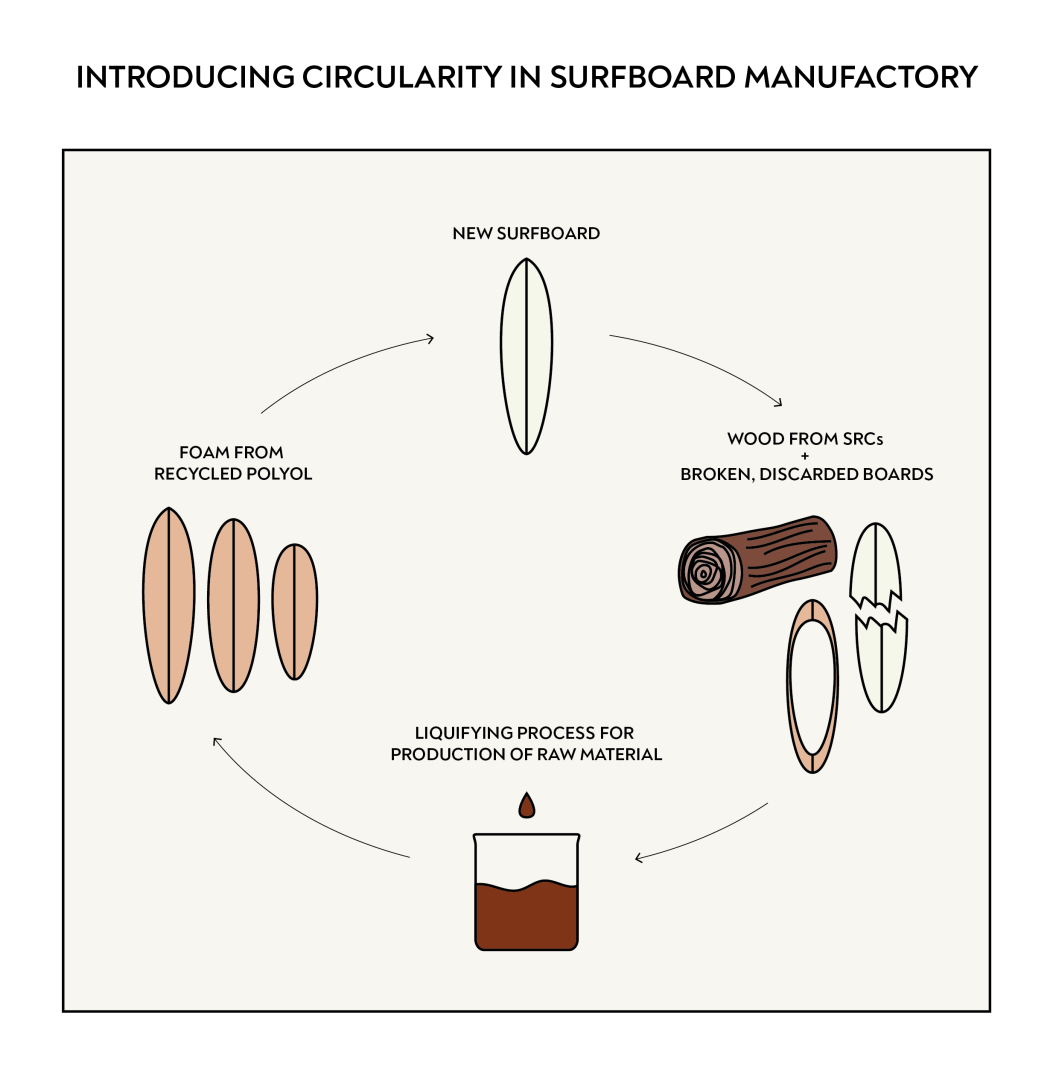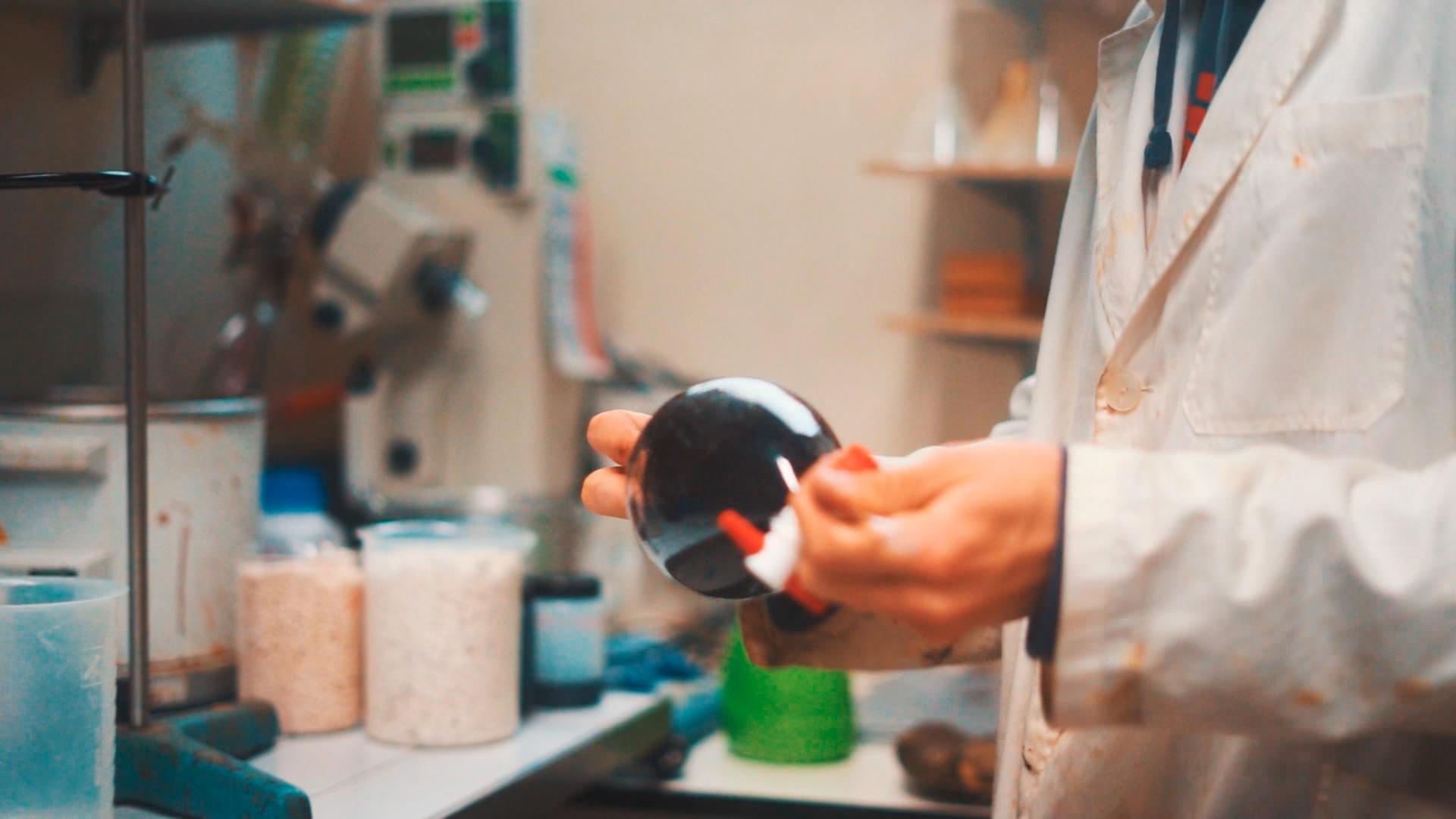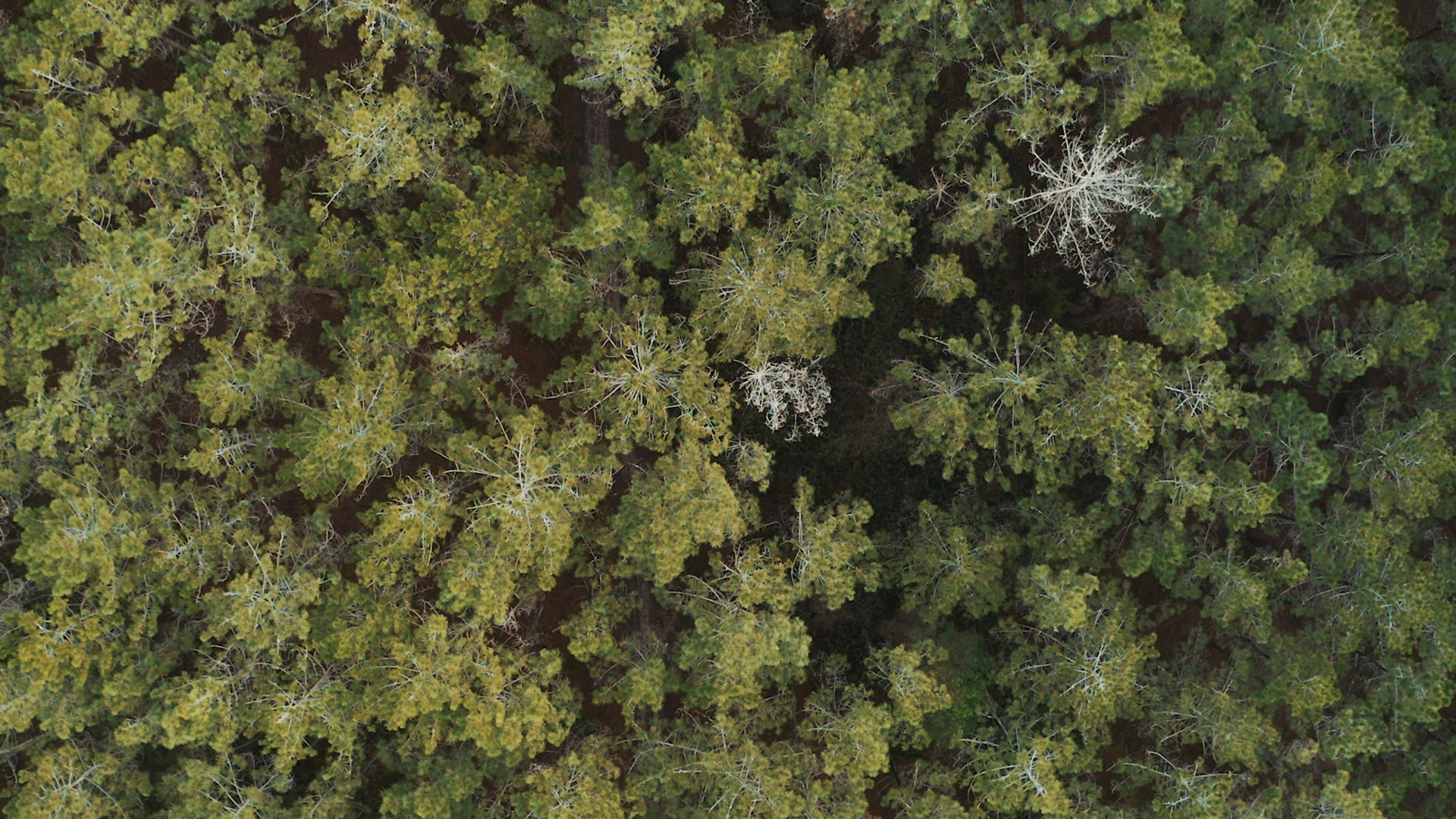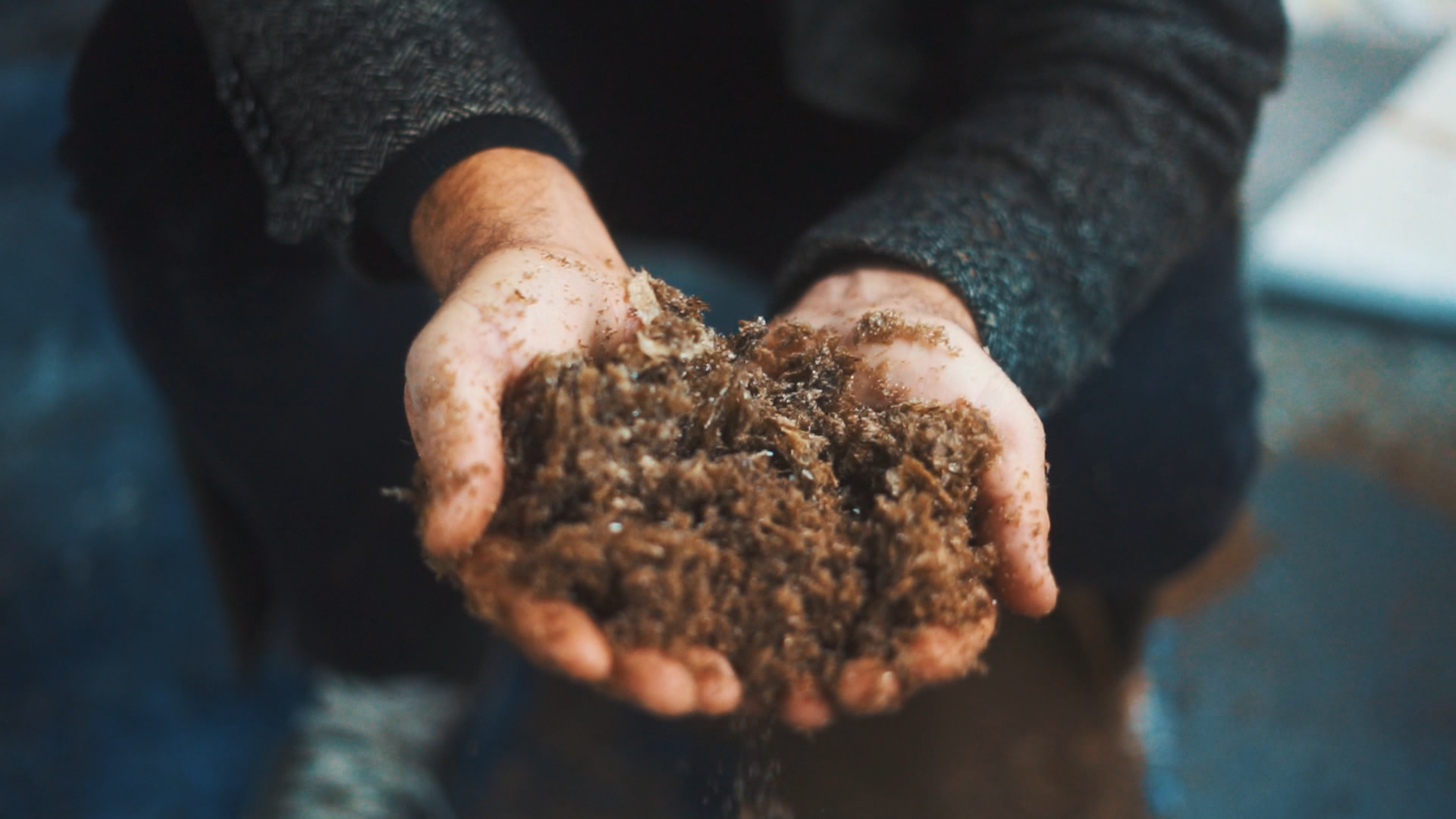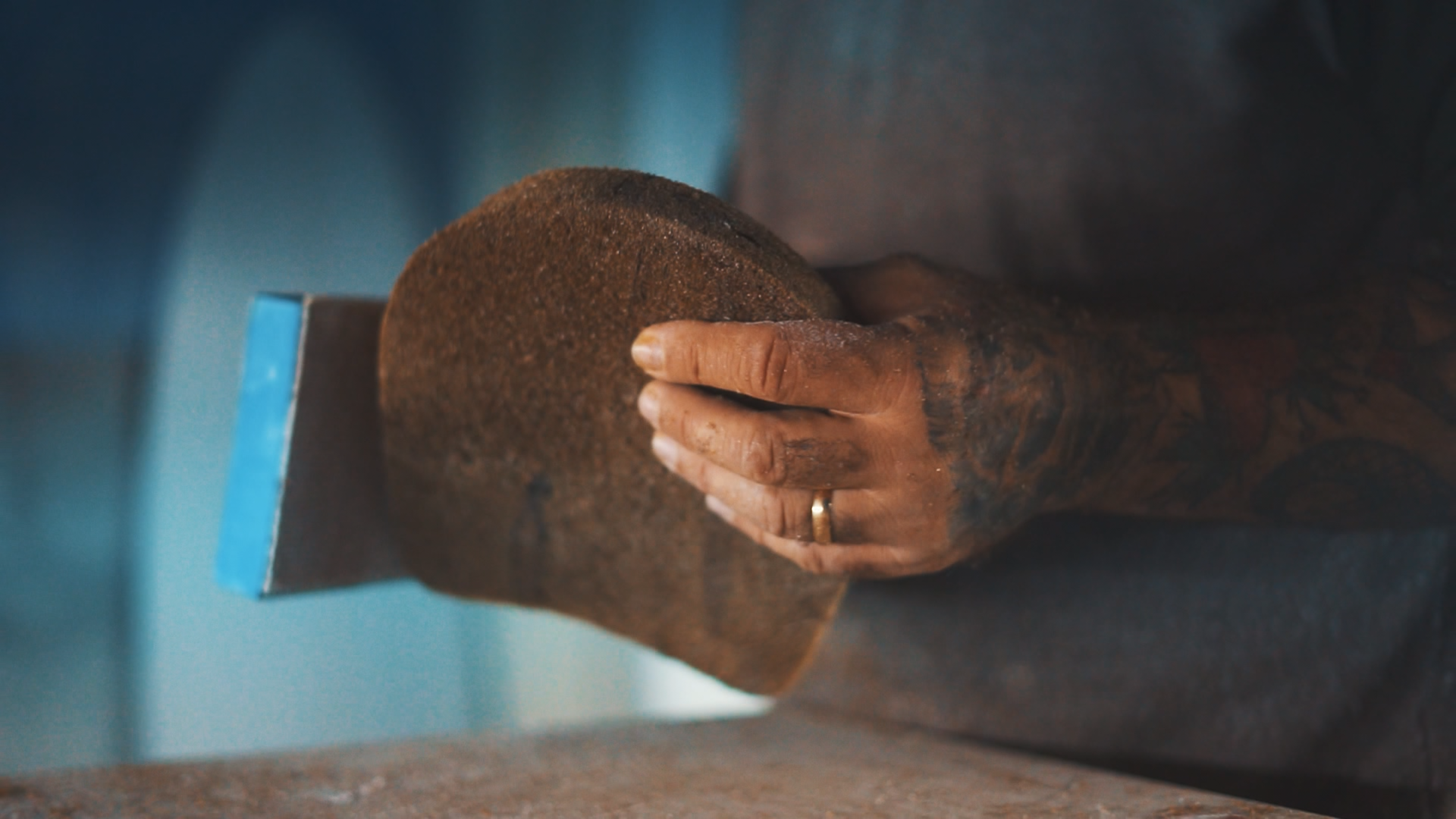Liquefied Wood Surfboards
Basic information
Project Title
Category
Project Description
Our project aims to integrate sustainable materials - liquefied wood - and processes - circular economy - in the core of the surfing industry, promoting more responsible consumer trends in respect to the relationship with nature, by means of an inclusive sport, with worldwide visibility : surfing.
Geographical Scope
Project Region
Urban or rural issues
Physical or other transformations
EU Programme or fund
Which funds
Description of the project
Summary
Our project aims to integrate sustainable materials - liquefied wood - and processes - circular economy - in the core of the surfing industry, promoting more responsible consumer trends in respect to the relationship with nature, by means of an inclusive sport, with worldwide visibility : surfing.
Key objectives for sustainability
Surfboards are made from polyurethane foam which is obtained from raw materials supplied by the petrolific industry, which in its extraction, releases considerable amounts of CO2 to the atmosphere. Aggravating this fact, the majority of surfboards are destined to end up in landfills, where they will not biodegrade and contribute to the contamination of groundwater and soil of the surrounding environment. Every year, more than 750,000 surfboards are made with a total carbon footprint of around 220,000 tons of CO2, according to SurferToday.
In an attempt to reduce the negative impact that lies underneath these numbers, we analyse the production of a bio-polyol made from wood - liquefied wood -, later used in the production of surfboards.
Cultivations aimed at biomass production, such as woody short rotation coppices (SRCs), have a high potential for the production of energy and chemicals. The fact that it is locally available and able to replace fossil fuels, makes biomass one of the most promising alternative sources of sustainable energy. These cultivations are carbon neutral along their life-cycle as the growth of trees contributes directly to the absorption of carbon in the atmosphere.
This woody solid biomass from the SRCs is transformed into bio-oil through a chemical process called liquefaction, which can then be converted cheaply into a wide variety of valuable chemical products such as polyurethane (PU) foams and also resins, both used in the production of surfboards.
By embracing this innovative production method, we create the possibility to generate a parallel economic cycle allowing SRCs to be self-sustainable. Furthermore, the undesired extracts from the bio-oil can be used as biodiesel with high calorific value as a greener and more competitive alternative to fossil fuels, allowing this industry to become significantly less dependent on the oil industry.
Key objectives for aesthetics and quality
Beyond the decarbonization of the surfing industry using liquefied wood surfboards, our project aims to make a tangible approximation to the Green Deal through a product for a newsworthy sector with a strong relation to the natural environment.
Surfing is, by definition, a sport intrinsically connected to nature, inducing, among its practitioners, awareness and proactivity to environmental causes, regardless of the negative impact that the materials used by this industry cause on the biosphere.
If on the one hand, the transition to liquefied wood surfboards allows the deepening of the engagement between the surfing industry and the environment, on the other hand, the aesthetic side of surfing, used extensively by global brands like Apple or Samsung, contributes to the approximation between the general mass public and the liquefied wood as well sustainable design. Nevertheless, the predictable extensive use of liquified wood foams for construction and thermal barrier coatings, their use in the surfing industry, guarantees the strong visibility of the virtues of this new material.
Key objectives for inclusion
The ocean is the biggest natural element of this planet and surfing one of the main and most inclusive ways of reconciliation with the sea. With 41 percent of European population living in coastal regions, where 53 percent of tourism activities take place, surfing becomes an inclusive tool for better living together. The integration of a sustainable dimension regarding the liquefied wood surfboard, removing petrochemical components from the industry will surely open up space for a sustainable and healthier relationship with the natural environment, possibilitating the continuous growth of this market sector, without ignoring its side effects.
#BetterSurfingTogether
#DecarbonizeSurfing
Physical or other transformations
Innovative character
In today's society, surfing aesthetics is used extensively by global brands, shaping consumer trends and approximating the general mass public to the ocean, the largest ecosystem in the world. Our project comes to inovate the way that, ultil now, surfboards are made, by shifting the main focus to sustainability, introducing circularity in the process of surfboard mass manufacturing.

